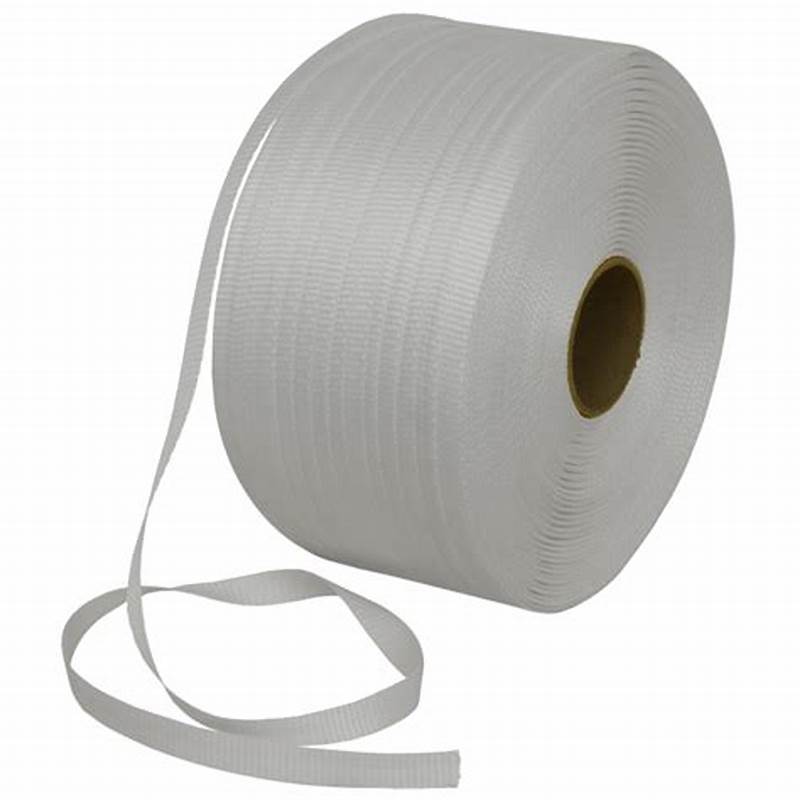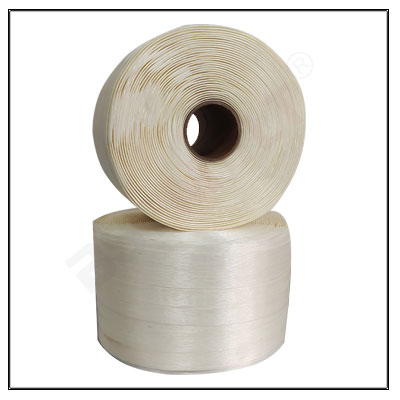Why Heavy-Duty Lashing Straps Are a Must-Have for Cargo Security
In the world of logistics and transportation, securing cargo is not just a matter of convenience—it is a matter of safety, efficiency, and financial responsibility. Every year, countless goods are damaged or lost in transit due to insufficient or improper load securing methods. Among the various tools available for this purpose, heavy-duty lashing straps have emerged as one of the most reliable, practical, and cost-effective solutions. Whether you are managing international freight, local distribution, or industrial transport, these straps are essential to protecting your cargo from shifting, damage, and accidents.
This article explores the critical role heavy-duty lashing straps play in cargo security, examining their features, advantages, and best practices. By the end, you will understand why these tools are a must-have for anyone involved in the transportation or storage of goods.
The Importance of Cargo Security
Cargo security is a vital component of supply chain management. From the moment goods leave a warehouse until they reach their destination, they are subjected to various forces such as vibrations, wind, sudden braking, and changes in direction. If not properly secured, even the most well-packed shipment can become a -liability.
Unsecured cargo can cause several serious issues. Firstly, it poses a danger to drivers, passengers, and other road users. Shifting loads can lead to vehicle instability, -accidents, or tipping. Secondly, it can result in damaged goods, leading to financial losses, customer dissatisfaction, and delays. Finally, poor cargo handling can expose businesses to legal consequences if safety regulations are violated.
Heavy-duty lashing straps help to eliminate or reduce these risks by holding the cargo firmly in place, regardless of the transport conditions.


What Are Heavy-Duty Lashing Straps?
Heavy-duty lashing straps are strong, flexible bands made primarily from high-tensile polyester fibers. These straps are designed to fasten, bundle, or tie down cargo to prevent movement during transportation or storage. Unlike ropes or metal chains, they offer both strength and elasticity, making them ideal for securing loads without causing damage.
The core components of a lashing strap include the strap itself and a tensioning mechanism, such as a ratchet, cam buckle, or over-center buckle. These mechanisms allow users to apply and maintain the required tension with minimal effort. In industrial-grade applications, lashing straps are often paired with hooks, D-rings, or other anchor hardware to ensure secure connections to trucks, trailers, containers, or pallets.
Advantages of Heavy-Duty Lashing Straps
There are many reasons why heavy-duty lashing straps are favored over other cargo securing options.
-High Strength and Load Capacity
These straps are engineered to withstand extreme forces. With breaking strengths that often exceed several tons, they are capable of handling large, heavy, and awkwardly shaped items. This makes them suitable for securing machinery, lumber, steel coils, pallets, and other industrial goods.
-Durability and Weather Resistance
Made from polyester, lashing straps are resistant to abrasion, moisture, UV rays, and temperature fluctuations. This makes them suitable for both indoor and outdoor use. Unlike metal chains, they do not rust, and unlike ropes, they do not rot or weaken when wet.
-Flexibility and Cargo Protection
The soft and wide surface of the strap distributes pressure more evenly across the load. This reduces the risk of damage to delicate or finished surfaces, which is a common issue with ropes, wires, or metal tie-downs.
Ease of Use and Efficiency
Lashing straps are lightweight, easy to carry, and quick to install. The ratchet mechanism allows the user to achieve the correct tension with minimal physical effort. They can be applied and removed faster than many traditional securing methods, improving loading and unloading times.
Cost-Effectiveness
Though made from durable materials, lashing straps are relatively inexpensive. Their reusability and long service life offer excellent return on investment, especially when compared to single-use or low-quality tie-downs that wear out quickly.
Neglecting these regulations not only risks accidents but can also result in fines, insurance claims denial, or legal liabilities. Lashing straps that meet recognized standards are tested for load capacity, elongation, and durability, giving users confidence in their performance.
Common Applications Across Industries
Heavy-duty lashing straps are versatile tools used in a wide range of industries and settings:
-Road Freight
Trucking companies use lashing straps to secure cargo inside trailers or on flatbeds, including pallets, equipment, and building materials.
-Container Shipping
Straps are used inside shipping containers to stabilize goods for ocean freight, preventing them from shifting or toppling during long voyages.
-Warehouse and Storage
Within warehouses, lashing straps are useful for bundling materials, stabilizing loads on pallets, or securing items on shelves and racks.


Construction
Heavy-duty straps are commonly seen on construction sites, where they hold down scaffolding, secure toolboxes, and transport heavy materials.
-Agriculture
Farmers and agricultural transporters use lashing straps to move bales of hay, feed, machinery, and other farming equipment.
-Best Practices for Using Heavy-Duty Lashing Straps
To maximize safety and efficiency when using lashing straps, consider the following best practices:
-Inspect Before Use
Always examine your straps for signs of wear, fraying, cuts, or damage. Never use a strap that looks compromised, as its strength may be reduced.
-Choose the Right Strap
Select a strap with an appropriate length and load rating for your application. Always check the Working Load Limit (WLL) and ensure it meets your requirements.
-Secure Anchor Points
Use strong and fixed anchor points for each end of the strap. Weak or unstable anchor locations can compromise the entire securing system.
-Avoid Twisting
Ensure the strap lies flat against the cargo and is not twisted or looped. Twisting reduces the strap’s load-bearing capability and can lead to uneven pressure.
-Apply Even Tension
Tension the straps evenly to avoid shifting and imbalance. Over-tightening may damage the cargo, while under-tightening may allow movement.
-Store Properly
After use, store your straps in a cool, dry place away from direct sunlight and chemicals. Proper storage extends their life and ensures they remain in good condition.
Conclusion
Heavy-duty lashing straps are more than just accessories; they are critical safety tools that protect cargo, equipment, and lives. Their combination of strength, flexibility, and durability makes them indispensable for anyone involved in transportation, shipping, or heavy-duty storage.
By investing in high-quality lashing straps and applying them correctly, businesses can minimize risk, improve operational efficiency, and maintain a professional standard of cargo handling. Whether you are securing goods on a truck, a ship, or in a warehouse, heavy-duty lashing straps are an essential part of the process.
When it comes to cargo security, cutting corners is never worth the risk. Choose the right tools—choose heavy-duty lashing straps.





